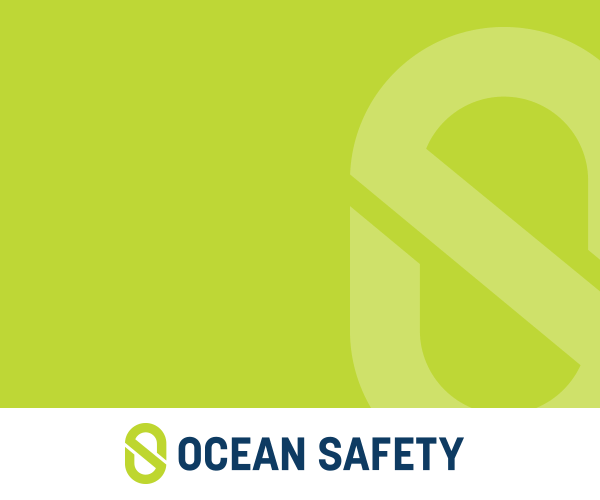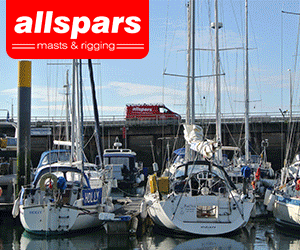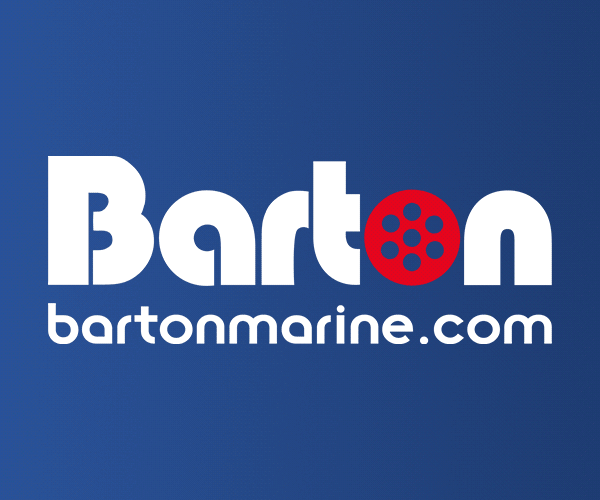Tacking in zone |
Post Reply 
|
Page 123 6> |
| Author | |||
jeffers 
Really should get out more 

Joined: 29 Mar 04 Location: United Kingdom Online Status: Offline Posts: 3048 |
 Post Options Post Options
 Quote Quote  Reply Reply
 Topic: Tacking in zone Topic: Tacking in zonePosted: 13 Apr 16 at 9:02am |
||
18.3 states: (a) shall not cause the other boat to sail above close-hauled to
avoid contact or prevent the other boat from passing the mark
on the required side, In your contrived example B is well above the layline and could come up to a close hauled course and still leave the mark on the required side. Once they are past the mark it becomes a windward leeward situation. There is no mention of B being entitled to sail their proper course in 18.3 just that they be allowed to leave the mark on the required side. Which, in this case, had they come up to a close hauled course, they could have. This is why being on the layline is key as it closes off these situations.
Edited by jeffers - 13 Apr 16 at 9:04am |
|||
|
Paul
---------------------- D-Zero GBR 74 |
|||
 |
|||
Brass 
Really should get out more 
Joined: 24 Mar 08 Location: Australia Online Status: Offline Posts: 1151 |
 Post Options Post Options
 Quote Quote  Reply Reply
 Posted: 12 Apr 16 at 11:15pm Posted: 12 Apr 16 at 11:15pm |
||
We are discussing the operation of a rule. Of course the example is contrived. I'm trying to examine what happens at the boundaries of the rule. I disagree that it couldn't happen in practice. If Y had passed head to wind before reaching the zone, it would be a routine mark-trap, so all that is needed is for Y to misjudge her position with respect to the zone boundary when she tacks. B has never been on the layline. B is always well above the layline. If B is on the layline, she's nearly always going to get the benefit of rule 18.3( a ) first sentence.
|
|||
 |
|||
Brass 
Really should get out more 
Joined: 24 Mar 08 Location: Australia Online Status: Offline Posts: 1151 |
 Post Options Post Options
 Quote Quote  Reply Reply
 Posted: 12 Apr 16 at 11:06pm Posted: 12 Apr 16 at 11:06pm |
||
Can B pass the mark without hitting Y? Isn't that Y preventing B from passing the mark?
Yes, if it is possible for B to luff up past her close hauled course before she hits Y
Disagree. If B bears away, she will be clear astern of Y. |
|||
 |
|||
Jon Meadowcroft 
Groupie 
Joined: 26 Aug 08 Location: United Kingdom Online Status: Offline Posts: 64 |
 Post Options Post Options
 Quote Quote  Reply Reply
 Posted: 12 Apr 16 at 9:05pm Posted: 12 Apr 16 at 9:05pm |
||
|
This seems a pretty pointless and unrealistic example
In the starting position Y is downwind of B who is on the lay line. Apparently by pointing the boat head to wind after a tack Y gets its transom past the mark before B gets there. It does not happen like this! If it could happen Y tacked in the zone. I don't think she wants to be hanging about waiting for anyone else to turn up. B can easily sail over the top has physics has to make Y stop! |
|||
 |
|||
Rupert 
Really should get out more 
Joined: 11 Aug 04 Location: Whitefriars sc Online Status: Offline Posts: 8956 |
 Post Options Post Options
 Quote Quote  Reply Reply
 Posted: 12 Apr 16 at 6:38pm Posted: 12 Apr 16 at 6:38pm |
||
|
I assume blue doesn't have to predict at point 4 that yellow will stay htw past the mark, and by stage 5 will need to go past close-hauled, so blue is wrong.
|
|||
|
Firefly 2324, Puffin 229, Minisail 3446 Mirror 70686
|
|||
 |
|||
JimC 
Really should get out more 

Joined: 17 May 04 Location: United Kingdom Online Status: Offline Posts: 6662 |
 Post Options Post Options
 Quote Quote  Reply Reply
 Posted: 12 Apr 16 at 5:03pm Posted: 12 Apr 16 at 5:03pm |
||
|
Not sure what you mean...
I don't think we need the "prevent" clause in this situation since if Blue goes behind yellow she's entitled to mark room (18.3b), and if she goes in front of yellow and past close hauled then that's the first sentence of 18.3(a). |
|||
 |
|||
Brass 
Really should get out more 
Joined: 24 Mar 08 Location: Australia Online Status: Offline Posts: 1151 |
 Post Options Post Options
 Quote Quote  Reply Reply
 Posted: 12 Apr 16 at 3:31pm Posted: 12 Apr 16 at 3:31pm |
||
|
Can B pass the mark without hitting Y?
How is that not 'preventing' B from passing the mark?
|
|||
 |
|||
jeffers 
Really should get out more 

Joined: 29 Mar 04 Location: United Kingdom Online Status: Offline Posts: 3048 |
 Post Options Post Options
 Quote Quote  Reply Reply
 Posted: 12 Apr 16 at 12:11pm Posted: 12 Apr 16 at 12:11pm |
||
I would guess it is Rule 11 as Y is not preventing B from passing the mark on the correct side (so doesn't break 18.3) as B is well above the layline they could head up..
|
|||
|
Paul
---------------------- D-Zero GBR 74 |
|||
 |
|||
Brass 
Really should get out more 
Joined: 24 Mar 08 Location: Australia Online Status: Offline Posts: 1151 |
 Post Options Post Options
 Quote Quote  Reply Reply
 Posted: 11 Apr 16 at 8:49pm Posted: 11 Apr 16 at 8:49pm |
||
Provided boats had been overlapped, not clear ahead/astern when the first of them reached three boatlengths from the mark Absobleedinglutely. |
|||
 |
|||
Brass 
Really should get out more 
Joined: 24 Mar 08 Location: Australia Online Status: Offline Posts: 1151 |
 Post Options Post Options
 Quote Quote  Reply Reply
 Posted: 11 Apr 16 at 8:28pm Posted: 11 Apr 16 at 8:28pm |
||
That's certainly the example the commentaries discuss with respect to 'prevent'. OK. What does anyone think about Diagram 2, where Y deliberately puts on a mark-trap?  Edited by Brass - 11 Apr 16 at 8:28pm |
|||
 |
|||
Post Reply 
|
Page 123 6> |
| Forum Jump | Forum Permissions  You cannot post new topics in this forum You cannot reply to topics in this forum You cannot delete your posts in this forum You cannot edit your posts in this forum You cannot create polls in this forum You cannot vote in polls in this forum |
Bulletin Board Software by Web Wiz Forums® version 9.665y
Copyright ©2001-2010 Web Wiz
Change your personal settings, or read our privacy policy
Copyright ©2001-2010 Web Wiz
Change your personal settings, or read our privacy policy


























 Printable Version
Printable Version Delicious
Delicious Digg
Digg Facebook
Facebook Furl
Furl Google
Google MySpace
MySpace Newsvine
Newsvine reddit
reddit StumbleUpon
StumbleUpon Twitter
Twitter Windows Live
Windows Live Yahoo Bookmarks
Yahoo Bookmarks Topic Options
Topic Options